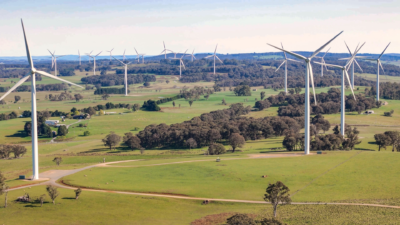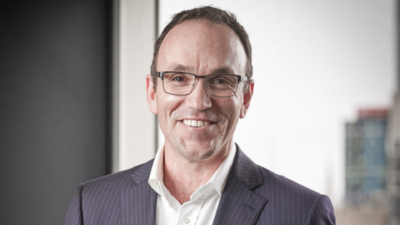Big pensions pile into Ninety One’s EM transition debt strategy
By 2030, the world will need to be spending roughly a trillion dollars a year on the emerging market energy transition outside China. It’s currently spending only $150 billion a year, with very little of that coming from the private sector in the developed markets.
But Ninety One’s Emerging Market Transition Debt strategy (EMTD) – a corporate debt portfolio that will invest an initial $400 million into the energy transition in EM – is a “significant step forward” in closing the financing gap.
“A few years ago we realised there would be a growing investment focus around the transition globally. We’d , already seen dedicated funds being raised in the developed markets around this,” Nazmeera Moola, Ninety One’s chief sustainability officer, tells ISN. “But when you looked at where the funding gap materialised as we went forward it was going to be in emerging markets.”
The Ninety One strategy is looking to finance private sector projects in middle-income countries around green infrastructure, green tech and decarbonisation. It’s backed by big investors like CDPQ and Ontario Municipal Employers Retirement System and has begun to deploy its capital. But while the battle for net zero might be “won or lost” in the EM markets – and Ninety One thinks there’s compelling returns on offer in EM corporate, infrastructure and project debt – there’s still a familiarity issue preventing big institutions from making chunkier allocations to them.
“Most investors have taken their credit exposures in much more familiar jurisdictions; in Europe and North America,” Moola says. “What you’ve seen is for the average DM institutional investor, their EM exposure tends to be confined to either listed equities or sovereign debt. Those are the areas they’ve gotten comfortable with. But while they can get the same yield in US high yield, the risks in EM, when you look at the underlying projects, the underlying companies, the leverage ratios, are much lower.”
Ninety One and other members of the Investor Leadership Network, a group established to drive more institutional collaboration on sustainability, recently won praise from US Treasury Secretary and former Fed chair Janet Yellen for the EMTD, with Yellen saying it “represents a significant step forward” in encouraging investment into the EM transition.
“I think the single most important thing is to show successful strategies in the space; the reason why US Treasury and (Yellen) were supportive of this was this idea of showing that it’s possible and the successful results. This covers investors into this strategy and other strategies like this, because one isn’t going to be enough,” Moola says.











